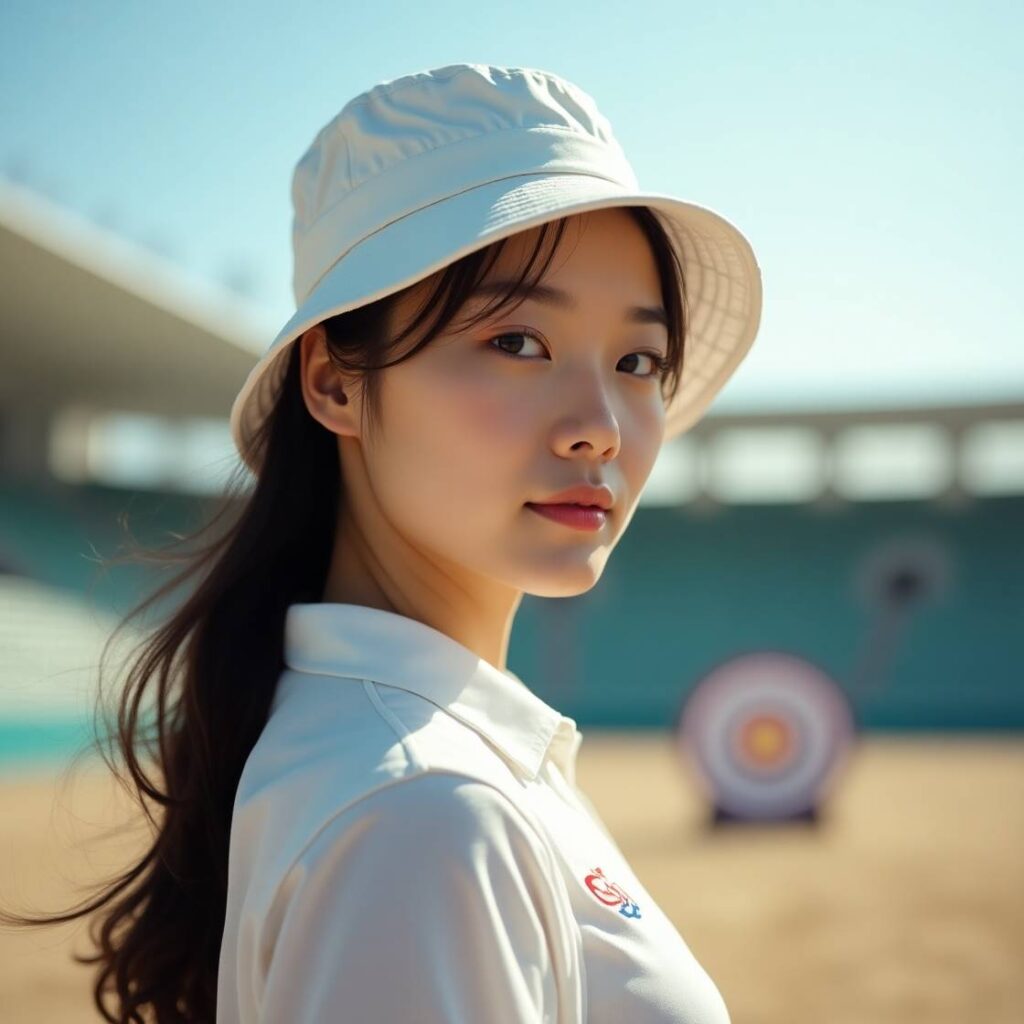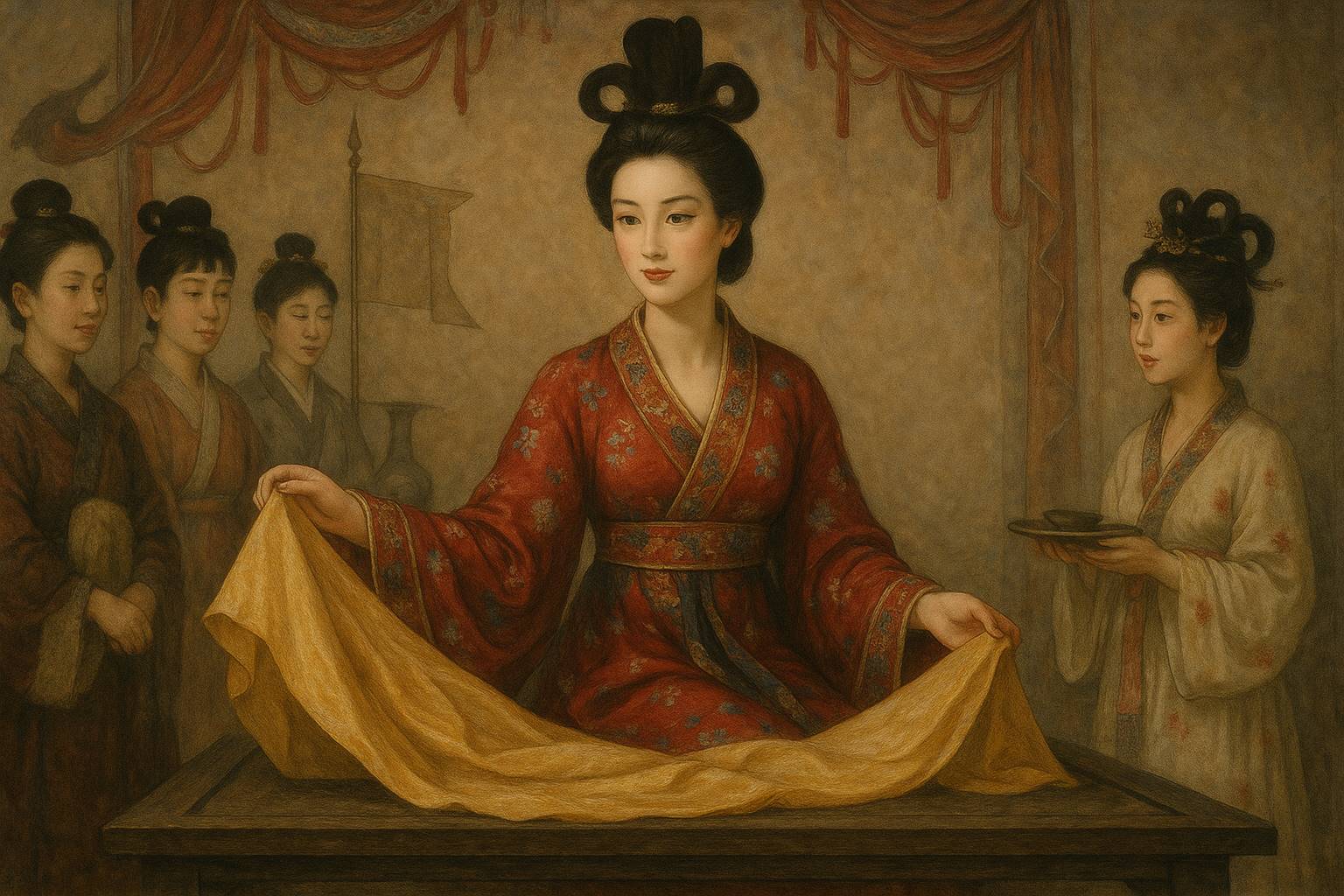The History of Korean Archery and Its Connection to Modern Archery
Korea has developed archery (弓術) as an important military skill over a long history. Archery played a vital role in battles, especially during the Three Kingdoms Period to the Joseon Dynasty, a tradition that continued for centuries. The main goal of archery was to attack enemies accurately from a long distance, which is very similar to modern archery. Before modern archery became a sport, archery was a crucial weapon in wars and training, and this tradition explains why Korean archery is so strong today.
Important periods in Korean archery history include the Goguryeo, Baekje, and Silla dynasties. Notably, the mounted archers of Goguryeo, the archery training of Baekje, and the archery rituals of Silla are key examples. During the Joseon Dynasty, archery was treated as an important martial art for the royal and noble classes, strengthening military power through training. The transition from traditional archery to modern sport archery can be understood as a continuation of these ancient techniques.
Korea’s Archery: The Challenge for Olympic Gold
Korea is renowned for its world-leading achievements in archery, having won numerous gold medals in the Olympics. The competition in Korea’s archery trials is fierce, so much so that it is said, **”Getting through the Olympic trials is harder than the final itself.”** This intense competition demonstrates the world-class skills of Korean archers, and their accuracy and concentration clearly show why Korea is a powerhouse in archery.
Korean archery has become not just a sport, but a source of national pride and a symbol of the country. Their achievements have been made possible through training and passion, and these skills have been honed and refined, building on the ancient tradition of archery.

AI-Rendered Female Korean Archers
Based on the history and tradition of Korean archery, we have recreated the images of female Korean archers using AI technology. These AI-generated images vividly depict modern archery training and competition scenes, showcasing the athletes’ accuracy and concentration.
The first image shows athletes striking confident poses, with the Olympic rings visible in the background. This conveys their pride as representatives of Korea. The second image captures the tension and focus of the athletes, reflecting their passion for the competition. The third image features athletes training under the clear sky and blue background, holding their bows, perfectly expressing their dedication and training.

The Global Influence and Future of Korean Archery
Korea has a proud tradition of winning Olympic gold medals in archery, establishing itself as a world-leading archery power. Korean archery training emphasizes precision and focus, and its techniques have continuously developed based on the traditional art of archery. In the future, AI technology will make archery training even more scientific and systematic, enabling the next generation of athletes to achieve even greater success.
Korean archery goes beyond just being a sport; it plays a significant role in carrying on the country’s pride and tradition. Archery training combined with AI will become more advanced, and Korea is expected to continue achieving remarkable success on the global stage.
The Meeting of AI and Sports: The Future of Archery
AI technology can play a significant role in precision sports like archery. AI can analyze athletes’ training data and help optimize training methods. Additionally, AI can analyze athletes’ competition records and assist them in improving their performance for future events. By integrating AI, Korean archery will be able to achieve even higher levels of training and competition.
Conclusion
Korean archery has developed based on the traditional archery techniques, focusing on precision and concentration. Utilizing AI technology in training will be an important challenge to further improve archery. We hope Korean archery will continue to achieve great success on the global stage and carry on its rich tradition.






Leave a Reply